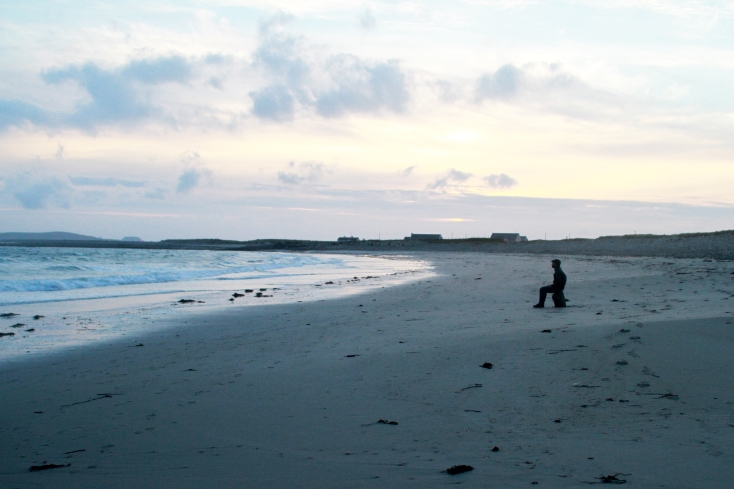La grazia protegge: lisciandosi l’ala, il cigno se ne fa una corazza.
Henri-Frédéric Amiel
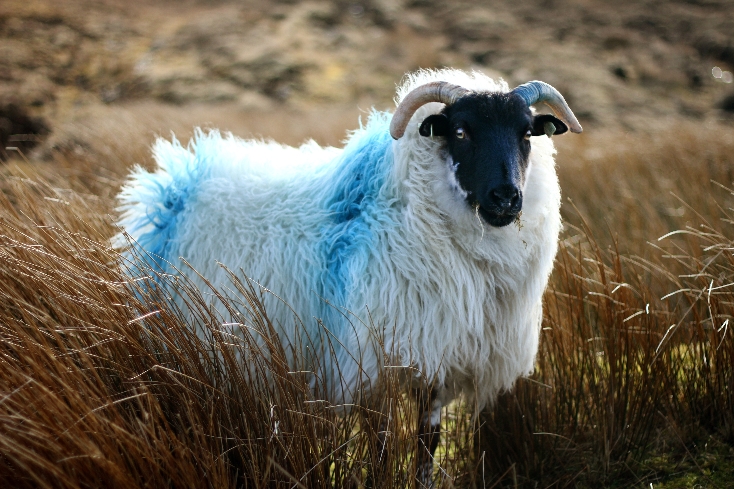
The Latin language is a miracle of semantic accuracy. Each word describes exactly one thing, one action, one mode of being and in doing so, differentiates it from another thing, another action, another mode of being. In Latin, each meaning emerges in the detail and within the word you can trace the concrete situation that evokes and generated it.
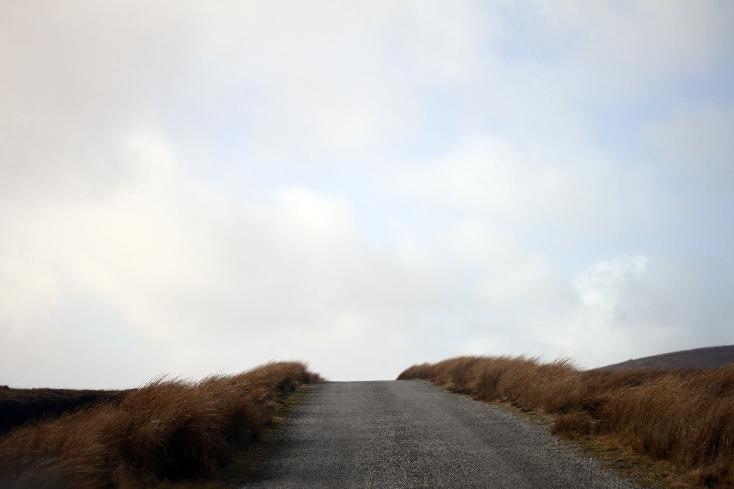
Take the word "protect", for example, we understand that it comes from the Latin preposition "pro", which means "in front", and the verb "tegere", meaning "to cover": in other words, to protect and cover in order to defend oneself in front of the shield, to hide from danger.
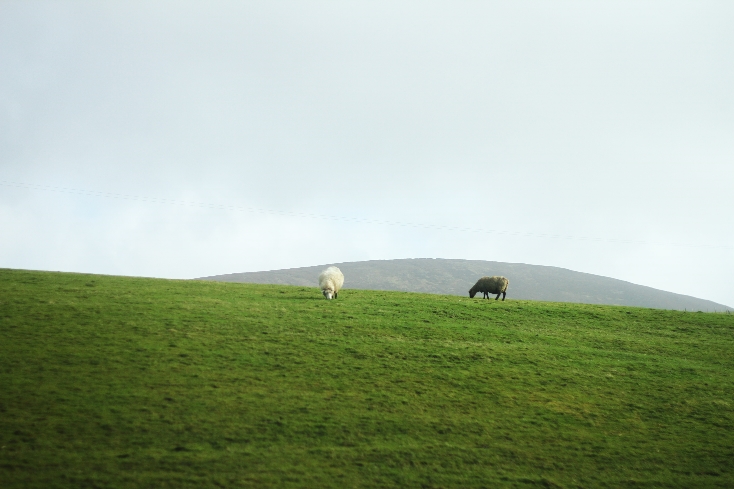
Protection signifies a common and ancient attribute - love. We protect what we care about, what we think is important, that which has a place in our hearts and we do so with words or with silence, with our hands, our body or with just a cover.
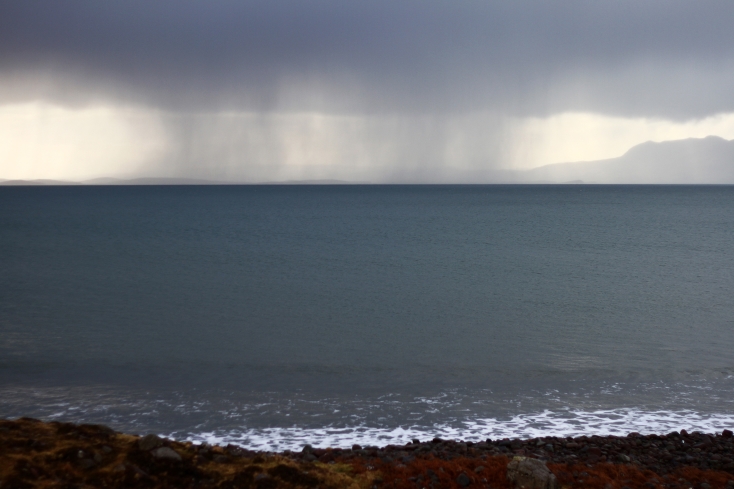
The Ballycroy National Park is an example of how nature first and foremost is a master in the art of protection. Halfway between Mulranny and Bangor Erris, Ballycroy National Park covers 11,000 hectares of wilderness, on which lies an immense blanket of peat sediment, thousands of years old yet still very much alive.
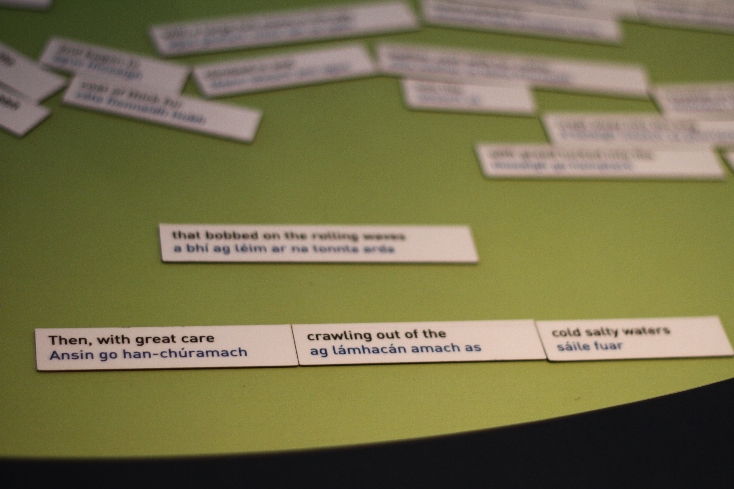
The Owenduff bog which is part of the park, constitutes one of the most important examples of blanket bog in Western Europe and is home to a diverse and ancient habitat which can be studied in the park’s visitor centre or viewed up close along the park’s nature trail.
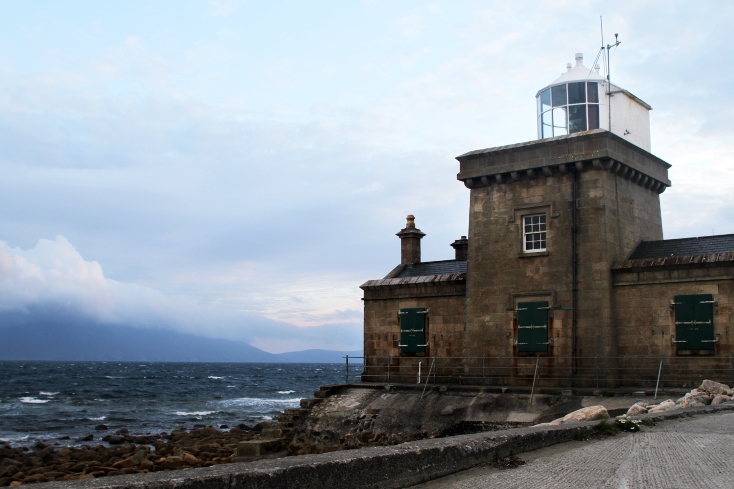
The park is also home to many animal species such as the golden plover, ptarmigan or white-fronted goose that live in the undisturbed moorlands, meadows and lakes that the nature of Ballycroy has bestowed upon them. Ballycroy National Park was established in 1998 to protect the very nature whose job it is to protect. You will find it not only welcoming but benevolent, for example if you climb Slieve Carr, the highest peak in the park and cast your eyes over to Achill Island at sunset, it will seem like a child who has left home but whose mother discreetly keeps watch over him from a distance.
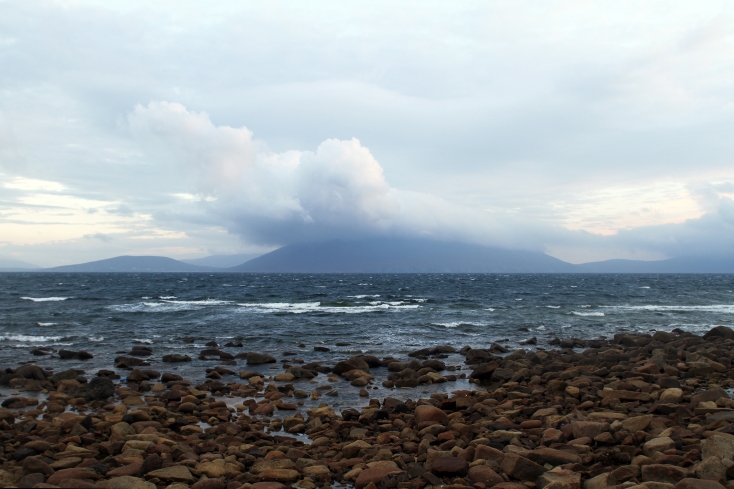
From Bangor Erris, if you proceed in a northwesterly direction, toward the ocean, you will come to Belmullet, a small town built on the thin isthmus dividing Blacksod Bay to the south from Broadhaven Bay to the north and that marks the entrance to the Mullet Peninsula.
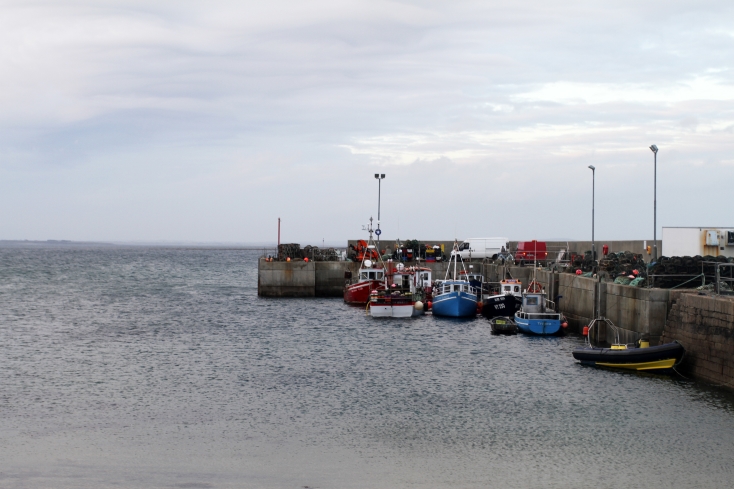
Belmullet is a small town of about a thousand inhabitants with its principal business activities concentrated on the main street. The shops are family run, there are no cafès or clothes shops owned by large chains, as if time up there on that strip of remote land, flows more slowly, a city preserved from globalization.
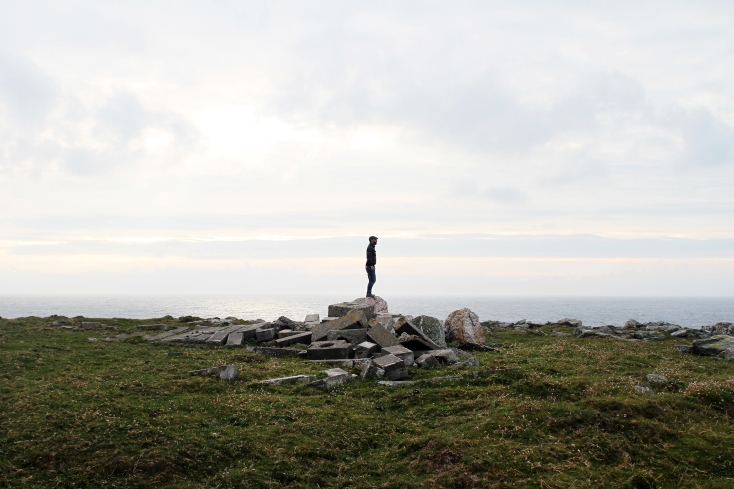
Belmullet seems to be in a bubble without gravity, like a dimensional gateway whose aim is to protect the Ireland it was and always will be.A gateway is exactly what it is, given that Belmullet leads to the Mullet Peninsula and its treasures, the most important being the ancient Irish language which is still taught there today.
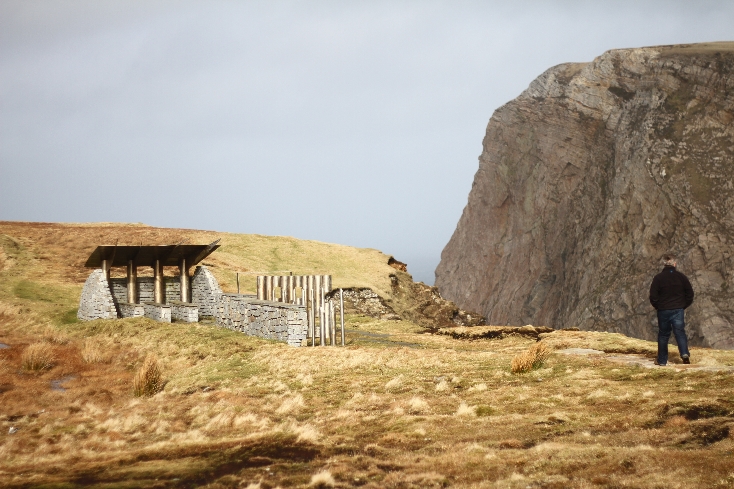
Beyond Belmullet, the road that runs along the peninsula longitudinally from north to south invites you to follow it without stopping, almost liberated, as though drawn by a magnetic force; while not far away, on either side, are a succession of uncontaminated beaches (like Elly Bay Beach) upon which the sun shines almost like a spotlight. Legend has it that this was the desperate path that Santa Dervla, a young noblewoman from County Meath, took to avoid marrying a man she did not love and so took refuge in the south of the peninsula.
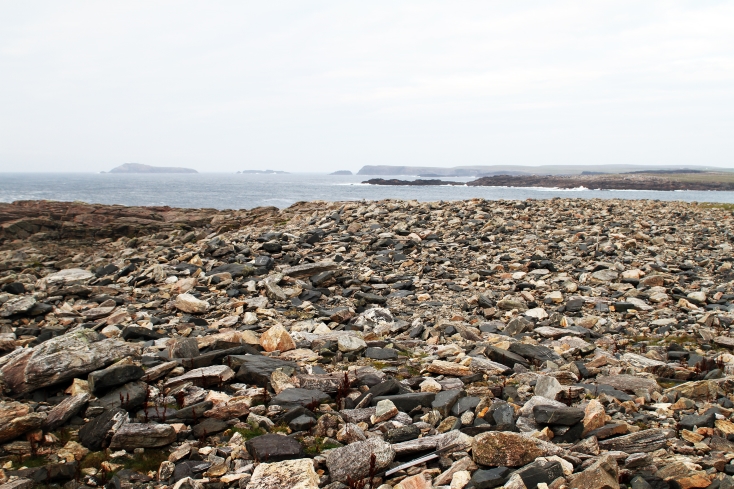
When she reached Aughleam, she pulled out her eyes in order to disgust the prince and finally be free. Left alone, she rinsed her eyes with the water from the well at Aughlam, (today dedicated to her), and miraculously regained her sight. There is also a 6th century church dedicated to Santa Dervla not far from the well, and it is said that if you lean out of the west window and look from its east door three times you will be forevermore protected from drowning.
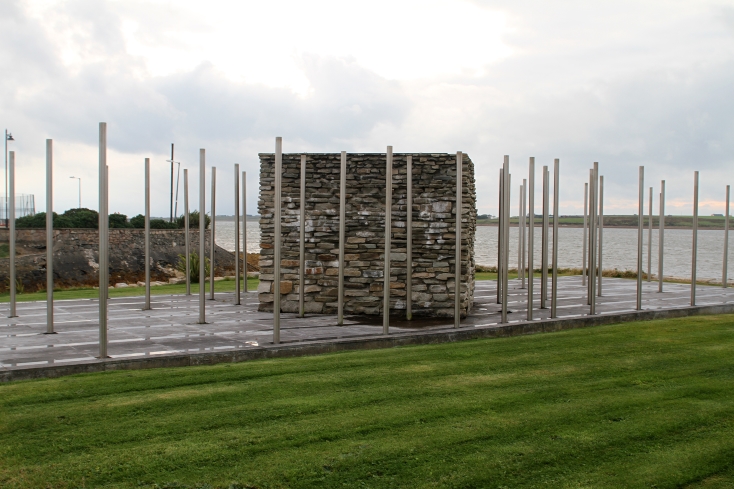
There is also a 6thcentury church dedicated to Santa Dervla not far from the well, and it is said that if you lean out of the west window and look from its east door three times you will be forevermore protected from drowning.
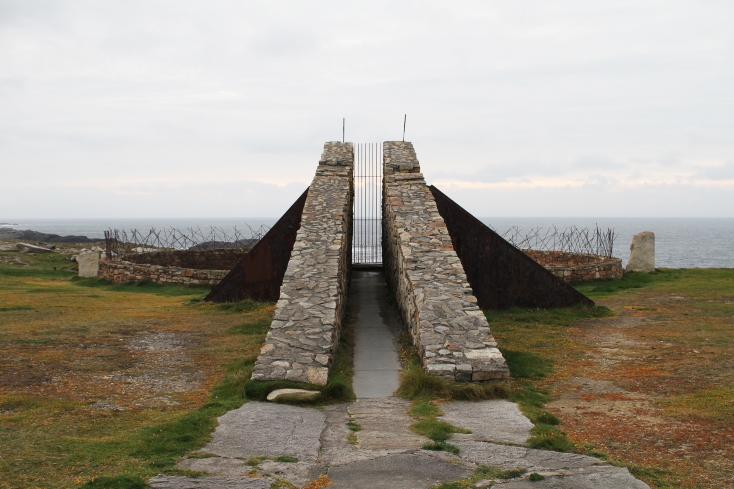
Protection from shipwreck and drowning are a common feature in Mullet. The granite lighthouse of Blacksod, anchored firmly to Tiraun point, the southern peak of the peninsula, the Ballyglass lighthouse (northeast), and that of Eagle Island (a kilometre northwest of the coast) and the solitary lighthouse of Blackrock Island. Blacksod casts a safety net of light around the peninsula, crossing the islands of Inishkea and Inishglora, not far away, offering certainty in a sky that constantly changes in its brightness and density.
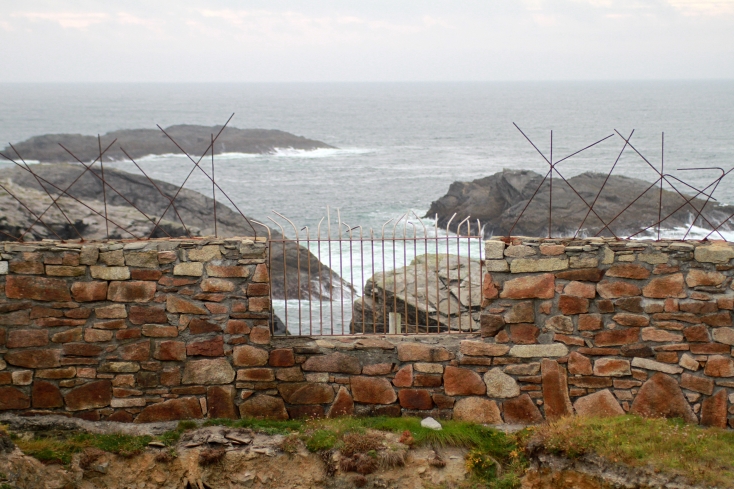
The Mullet Peninsula is home to three sculptures of the Tír Saile Sculpture Trail, an open-air art project that includes the installation of fourteen sculptures by contemporary artists in many sites on the northern coast of Mayo, already memorable by the work of nature itself. The Deirble's Twist, near Blacksod, named after Santa Dervla, marks the end of this wonderful journey where the works of man merge with that of the world forever.
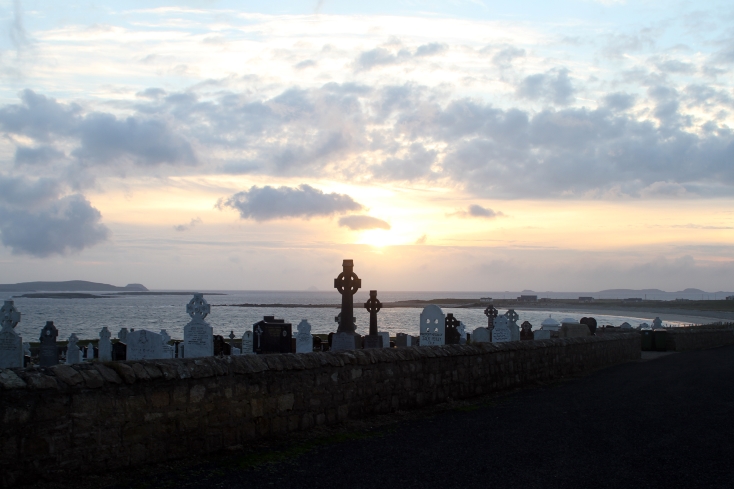
Leaving the Mullet Peninsula and heading north over Broadhaven Bay, you will see one of the Tír Saile sculptures that honours one of the most incredible places of Erris: Benwee Head. The sculpture is dedicated to the Children of Lir who were the sons of King Lir. Legend has it that their stepmother Aoife was jealous of the children yet unable to kill them and so instead turned them into swans.
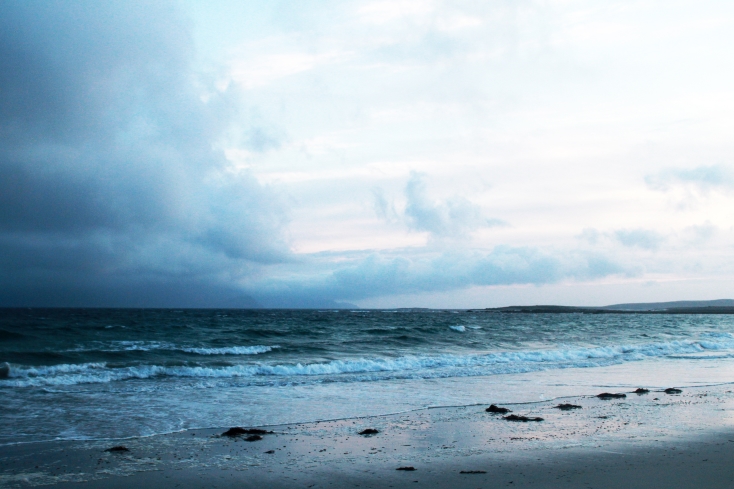
They lived under the spell for nine hundred years until it was broken by the sound of church bells, once again returned to human form they were then able to die in peace. If you look from Stonefield where the sculpture can be found, the cliffs at Benwee Head appear to bleed, as if a part of the tragedy of Lir, forced by death to abandon their children and leave them without its protection for centuries, until the arrival of Christianity.
